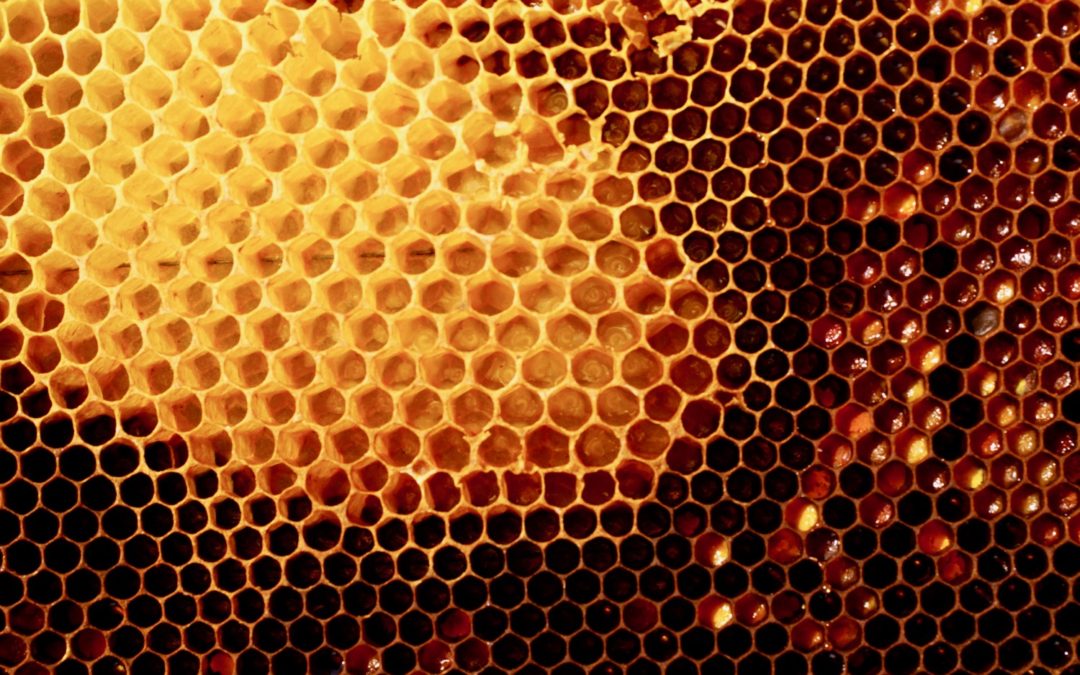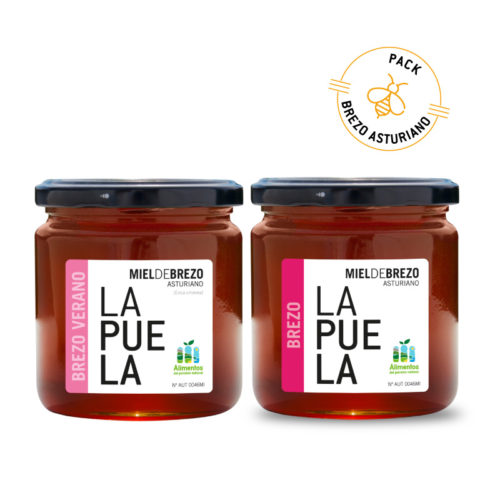Wax is a fascinating product made by bees and of paramount importance to them. It is a material they secret voluntarily through 8 groups of glands called ceriferous glands, and it fulfils multiple functions within the hive.
The youngest bees are the producers
Wax production is the mission of the youngest bees in the hive. Whilst its true that older bees can recover the activity of their ceriferous glands if necessary, the 12-to-18-day-old bees will be the ones in the phase of greatest development, from thereon after this period their production will decrease.
The glands of the bees secrete the wax in a liquid form which once it gets in contact with the air will harden and form small flakes of wax in the lower part of the bee, which will be used to build the hexagonal alveoli of their combs.
Wax is not just material for their refuge
It is true that the main function of wax is to give consistency to a refuge where honey and pollen are manufactured and stored, as well as sheltering the bee’s brood, however, we cannot overlook its unique physicochemical properties which make this material unique.
One of the additional features of bee’s wax is how it functions as a communication and memory network within the hive.
This is possible due to the vibrations that are transmitted throughout the hive which are perceived by the bees, making it an essential way in which the exchange information with each other. Furthermore, wax also possesses a chemical memory that changes depending on the age of the bees and with the intrusion of foreign substances.
Another importance function is that of protecting the hive. Wax is the first line of defence against external agents with its antibacterial and antifungal properties, therefore making it difficult for external agents to enter the hive.
At LAPUELA Honey we know how significant and unique beeswax is, therefore we have an annual renovation programme for a large amount of our honeycombs. You can check all the information on our bee lamination service here.




